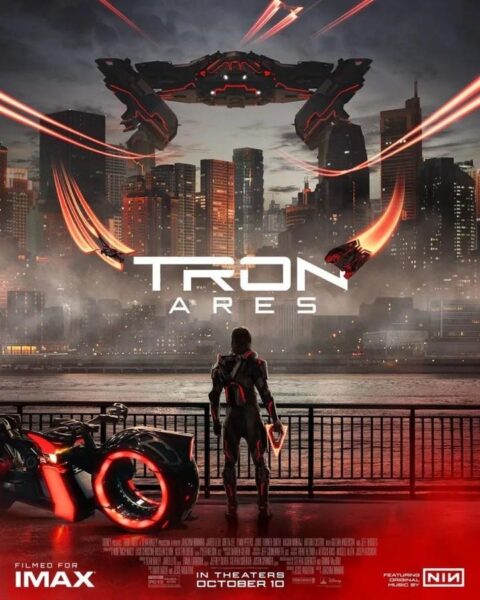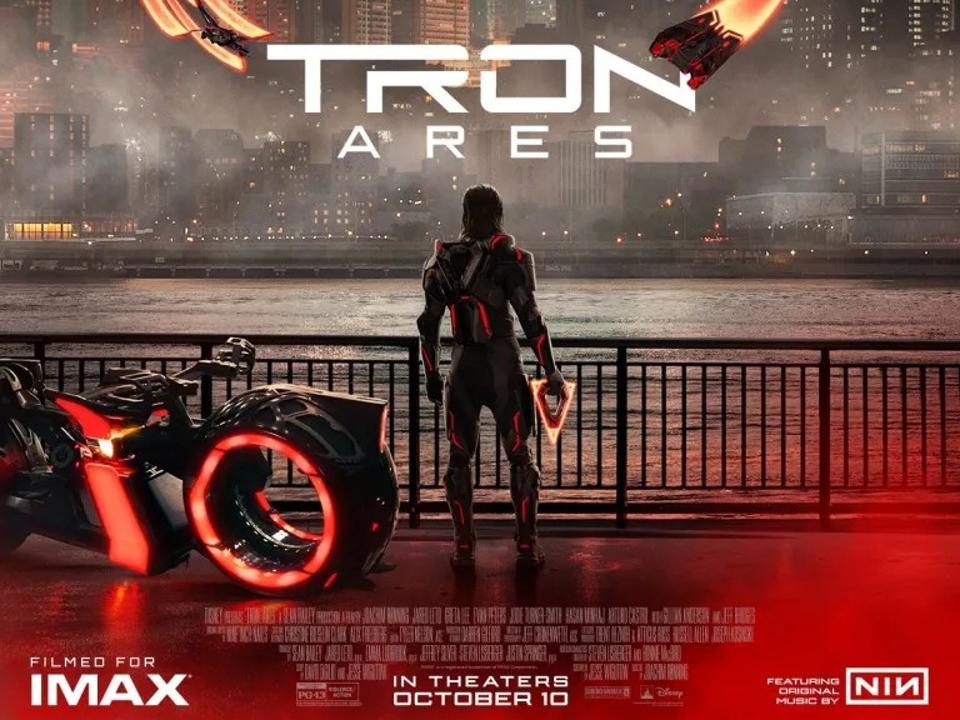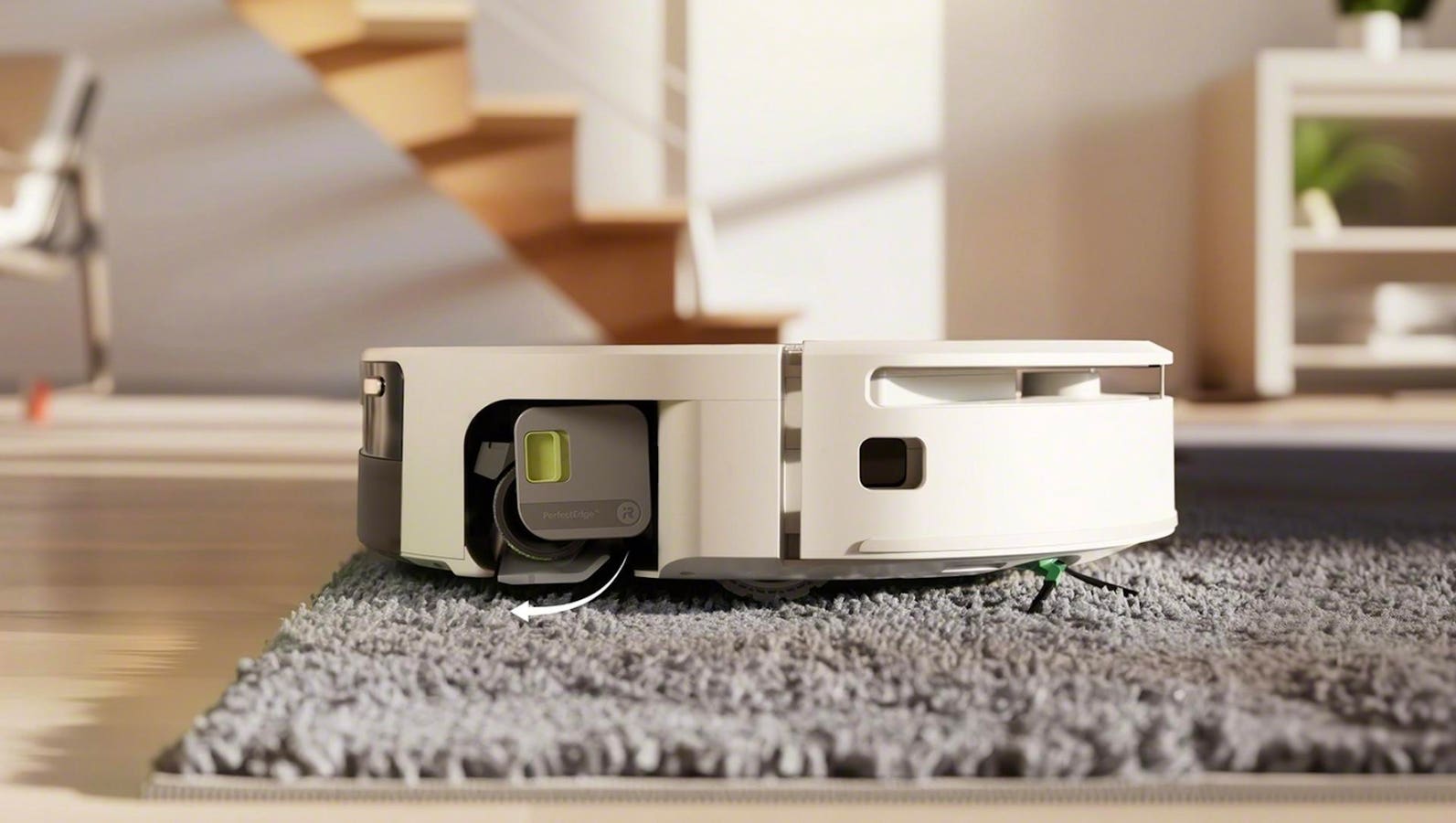‘Tron Ares’ was “Filmed for IMAX”, but there are other options out there for 3D fans.
IMAX Corporation
Tron: Ares is a rather unusual third installment in a trilogy, in that it is being released some 15 years after its predecessor, Tron: Legacy, and incredibly, some 43 years since the first Tron film, which dates back to 1982.
The film is directed by Joachim Rønning, stars Jared Leto, but, as a link to the previous two films, it also features Jeff Bridges.
While reviews suggest it isn’t going to win any awards for its script, it promises to be a visual and sonic feast for the eyes and ears, and what the story lacks in depth can, to some degree, be made up for by seeing the world in 3D and in the cinema.
While its predecessor was filmed using native 3D cameras, the new Tron: Ares makes do with a conversion. However, conversions have come a long way since the last Tron movie came out, so stereoscopic fans will be pleased to see that there are several options to see it in this format.
With that in mind, which is the best 3D format to choose?
IMAX 3D
IMAX 3D will be the default choice for many, as the extra-large screen always offers a naturally incredibly immersive experience, which is what 3D is all about.
It’s even better if the theater has IMAX Laser projection, as this will mean a 4K image and dichroic filters, which are very tolerant of head tilting and provide a brighter picture than polarized 3D used in 2K Xenon-lamp-based IMAX 3D projection.
A word also needs to be said for the IMAX audio, which is always bombastically loud but also precise, especially in the 12-channel variant that most IMAX Laser screens are equipped with.
Tron: Ares was also “Filmed For IMAX,” which means that while it wasn’t shot with IMAX cameras, it was created with the IMAX digital 1.90:1 aspect ratio, which offers more image than all other versions, for approximately 50% of its runtime. The all-digital world of the grid has also been created to fill that IMAX screen, so you will get an impactful sense of being in — and out – of that digital world. Many have commented that the aspect ratio change is effectively used, with the transitions from the native theatrical 2.39:1 aspect ratio to IMAX 1.90:1 and vice versa having a notable impact.
HDR by Barco 3D
While systems that use HDR by Barco projection don’t have the benefits of the IMAX aspect ratio switching, for pure image quality, it currently takes top billing, with a super bright image capable of 300 nits to deliver true high dynamic range images writ large, which should make the intense glowing color palette of the Grid in Tron: Ares look spectacular. Some HDR by Barco locations are showing it in 3D, which, as the technically brightest cinema format available, is something I would like to experience.
The system is branded differently by each cinema chain, such as Cineworld Superscreen, Regal RPX, and EPIC by Vue, so to see if there is one near you, Barco offers a newly redesigned website to help you locate a screen.
As of writing, there are only 12 worldwide, but the list is growing with Vue in the UK recently opening a new HDR by Barco-equipped screen in Castleford, UK, and Rozzano, Italy.
HDR by Barco is always combined with Dolby Atmos and good seating, so it should be a superb way of experiencing the film.
Dolby Cinema 3D
With over 300 locations worldwide, a Dolby Cinema will be much easier to find, and some of these are exhibiting Tron: Ares in 3D. Having seen the trailer in Dolby Cinema 3D, I can attest to it looking tremendous. There was a fantastic sense of depth, and the dichroic filters in the Dolby 3D glasses did a great job of maintaining the bright, clear colors and inky blacks for which Dolby Vision is known. The soundtrack from Trent Razor should sound superb in Dolby Atmos audio.
Combined with premium-designed theatres with luxury seating, Dolby Cinema will be a top-tier choice for the film.
4DX 3D
4DX is the format that provides a theme park-like experience, complete with moving seats that let you feel every bang and crash with a thump in the back, along with flashing lights, blasts of air, and even splashes of water.
You do need to be in the mood for it, but with the right movie, it can be a huge amount of fun. It doesn’t always include 3D, but with 3D being so much part of the Tron experience, it makes sense to have it here. The downside of 4DX is that it is conventional in image quality terms. The RealD 3D will be fine, but you’re getting a 2K resolution image and standard 5.1 or 7.1 surround sound, so while the image will be in 3D, the audio will not be. If you want to prioritize the fun element, though, it could be the one to go for.
3D
The final 3D choice is, well, just 3D. This uses RealD technology, which uses circular polarization, which is OK, but the projectors will likely be 2K resolution only. What’s more, unless you know your local screen has a laser projector, the image will be dim too. Audio will also be a simple flat layer, with no Atmos height tricks – and you won’t have the benefit of 4DX throwing you around to distract you either.
If you are keen to see Tron: Ares in 3D, it could be a good choice and will also be a less expensive ticket, but unless you are confident that there will be a laser projector to give you a good experience, you’re taking more of a risk.









